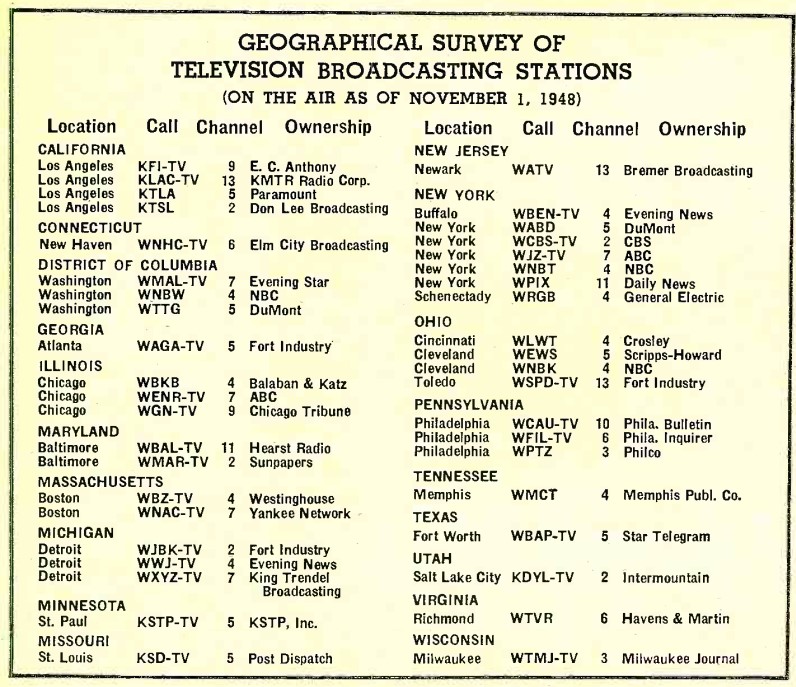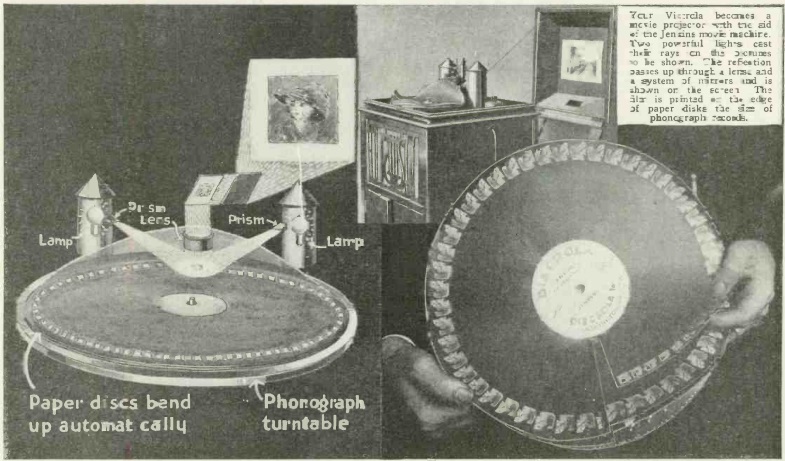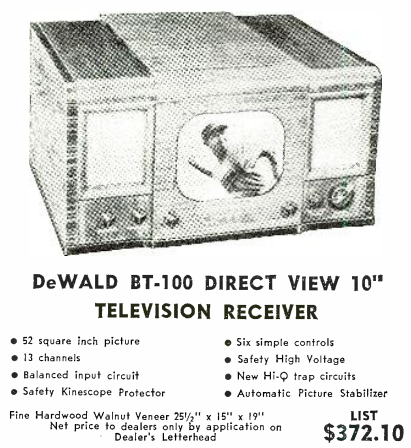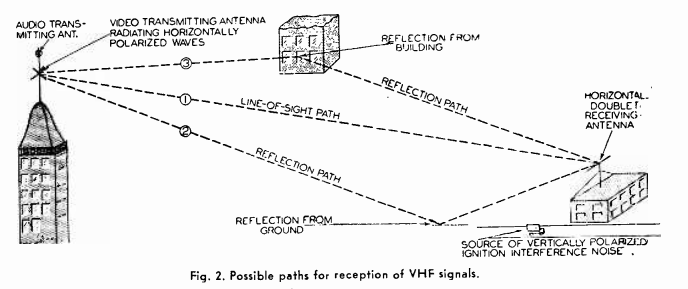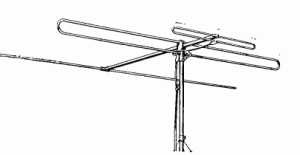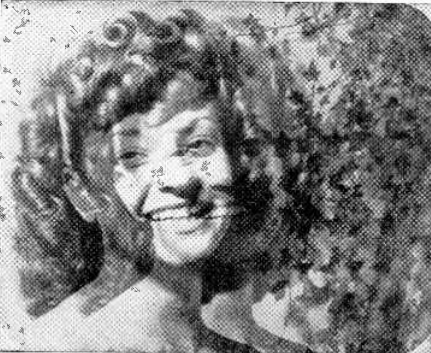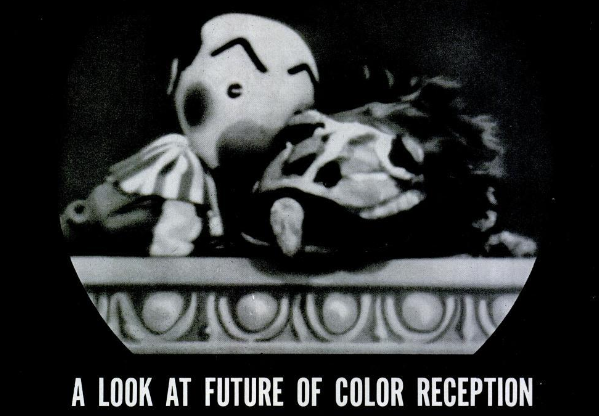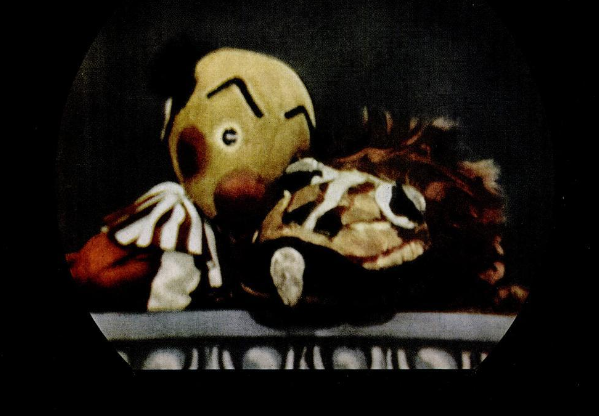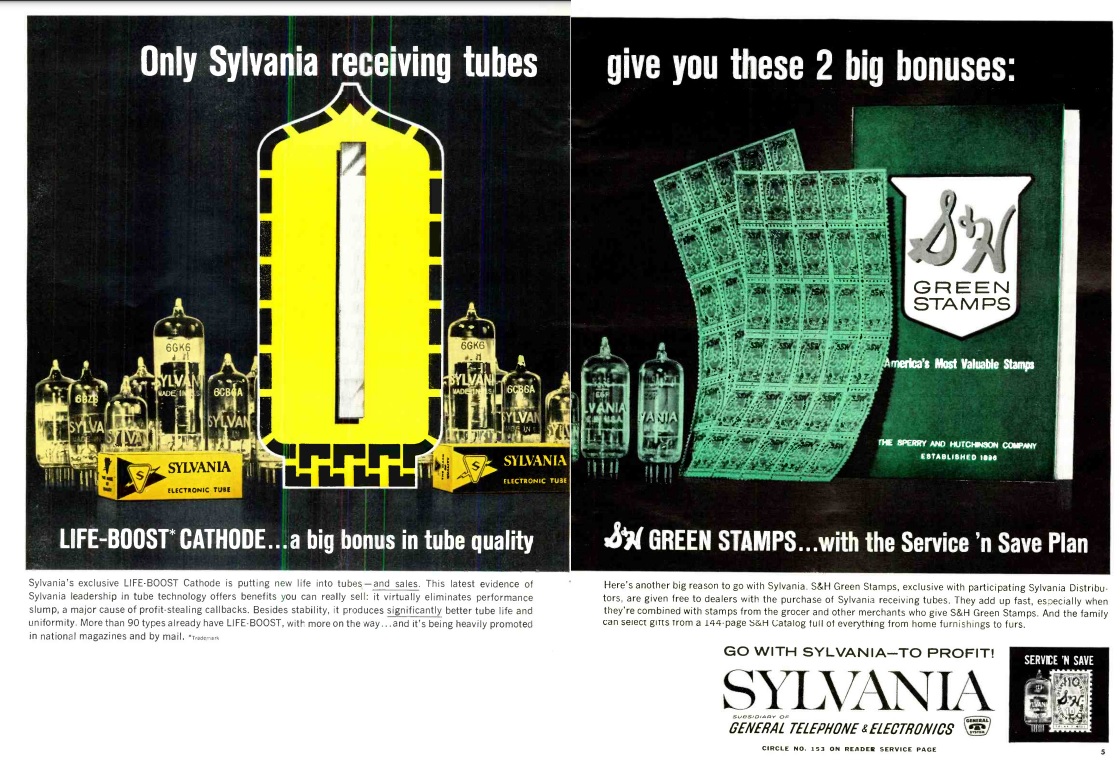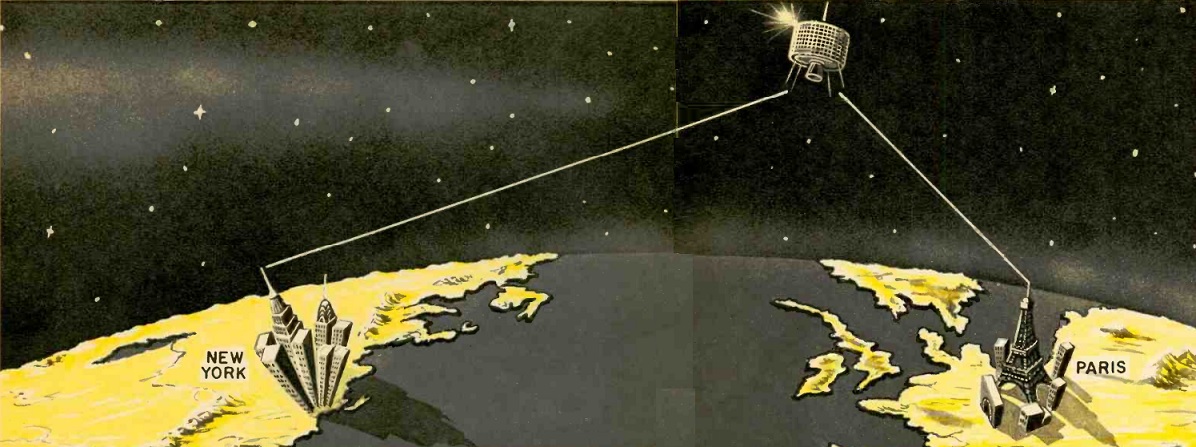 Sixty years ago this month, the January 1964 issue of Electronics Illustrated noted that it had been just over six decades since Marconi bridged the Atlantic without wires or ships in 1901. In the intervening years, the job had been done with satellites such as Telstar I and II.
Sixty years ago this month, the January 1964 issue of Electronics Illustrated noted that it had been just over six decades since Marconi bridged the Atlantic without wires or ships in 1901. In the intervening years, the job had been done with satellites such as Telstar I and II.
But on July 26, 1963, a new experimental satellite, Syncom, had been launched from Cape Canaveral. The satellite was new in that it was synchronous. Its orbital period was 24 hours, so it seeming hovered at the same longitude. Since it was launched from 33 degrees north, it actually did a figure 8, hovering between 33 north and 33 south. But that was good enough to be continuously visible from both America and Europe and 22,300 miles.
The magazine noted that if such a satellite were launched from the equator, then it would stay above a single point on the earth’s surface. The magazine didn’t use the word, but this is what we know today as a geosynchronous orbit, although most geosynchronous satellites are today launched from other locations, first into a geostationary transfer orbit before being maneuvered into geosynchronous orbit. According to the magazine, the satellite’s two transmitters put out about 2 watts on 1915 MHz.

